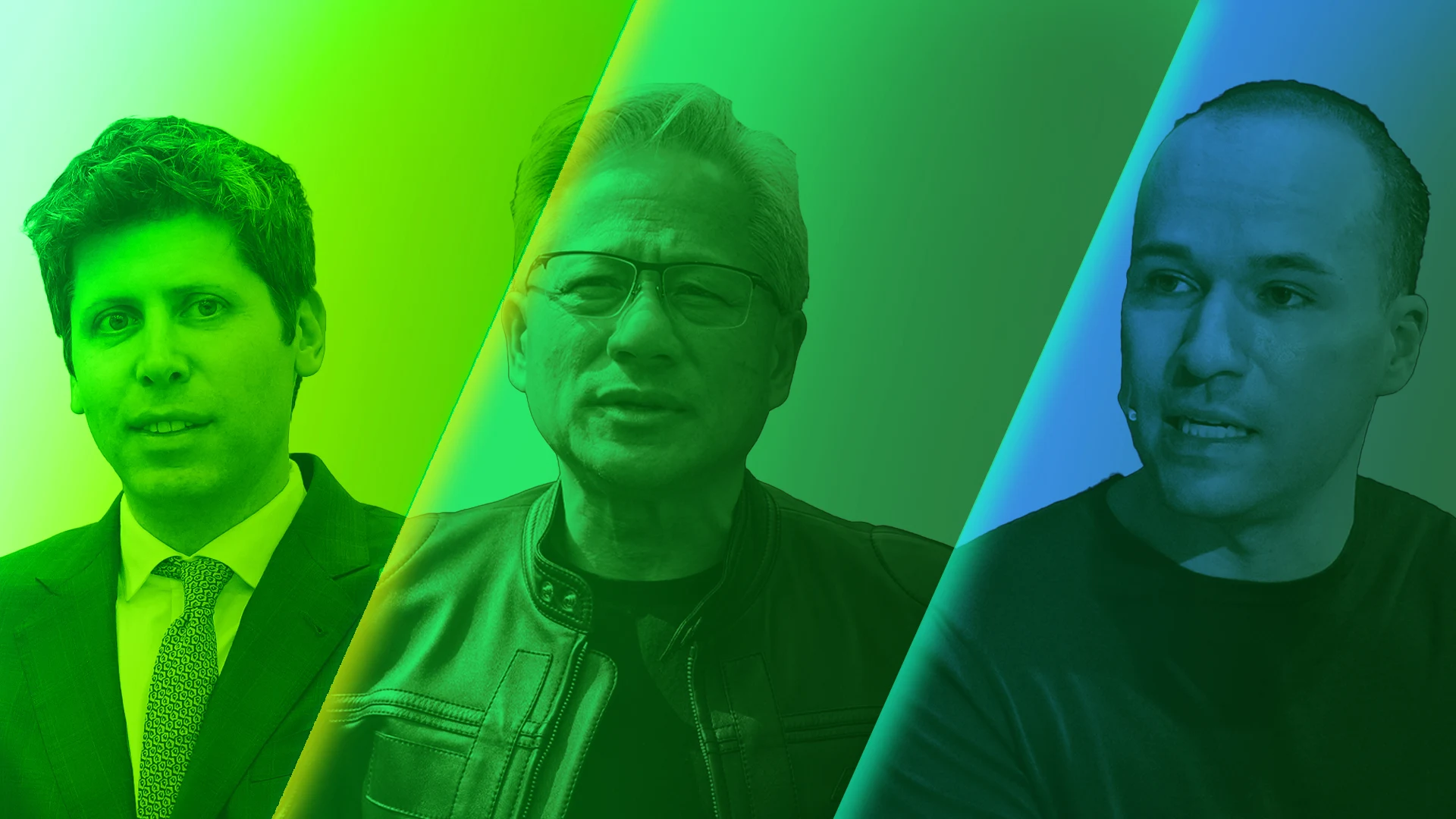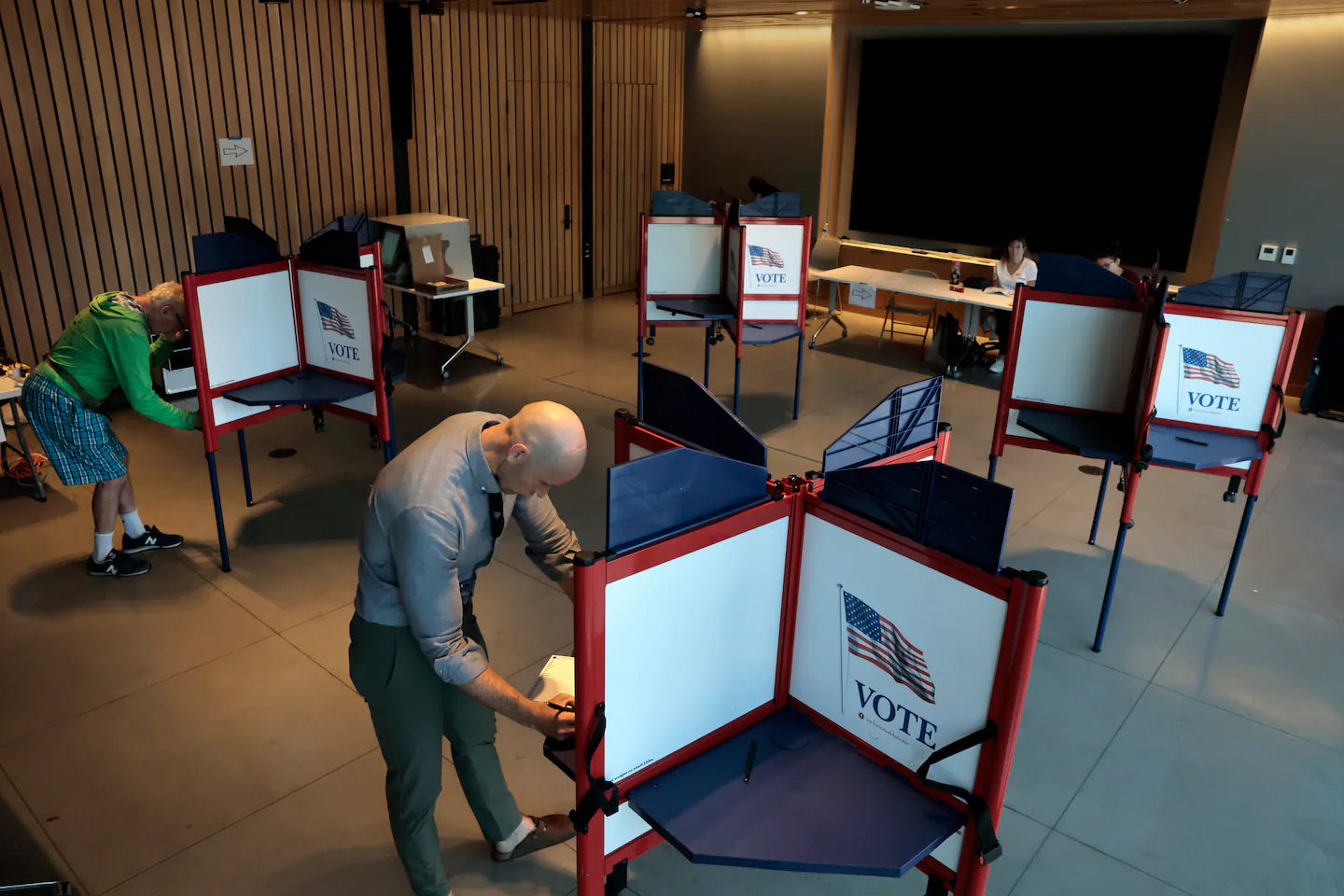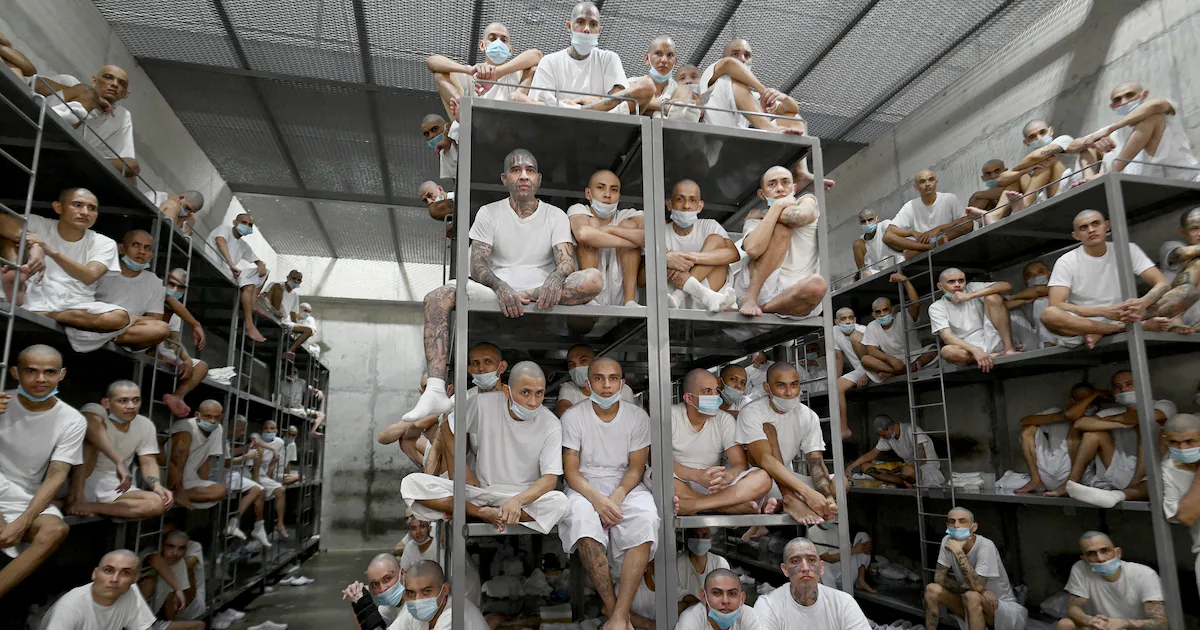
OpenAI has had quite the infrastructure week so far.
The dealmaking started on Monday, when OpenAI and Nvidia, respectively the most valuable private and public companies in the world, announced plans for Nvidia to invest up to $100 billion dollars in OpenAI over several years. With this funding, the companies will collaborate to greatly expand OpenAI’s data center infrastructure, which OpenAI CEO Sam Altman says will allow the company behind ChatGPT to solve the world’s largest societal problems—including, according to Altman, curing cancer.
Infrastructure initiatives like these haven’t come out of nowhere. In May, Altman announced that he would be stepping back from some of his duties at OpenAI to focus on the company’s compute pillar, which is focused on building the data center infrastructure (including GPUs, power sources, and buildings) that enable AI models to be trained and used. With a recent run of giant-sized deals, the results of Altman’s efforts over the past few months are starting to take shape.
In an interview on Monday with CNBC’s John Fort, Altman, Nvidia CEO Jensen Huang, and OpenAI president Greg Brockman explained that the $100 billion investment will expand on OpenAI’s previously-announced Stargate joint venture with partners including Oracle, Microsoft, CoreWeave, and Softbank. In total, the Nvidia investment is expected to give OpenAI an additional 10 gigawatts of AI data center capacity. Altman believes OpenAI’s only option is to majorly expand its infrastructure footprint. According to a CNBC report, Altman and Huang personally negotiated the deal without bankers initially being involved.
Featured Video
An Inc.com Featured Presentation
Altman, with perhaps a bit of hyperbole, described data center capacity as “the fuel” that will enable OpenAI to solve multiple of the world’s biggest problems simultaneously. With 5 gigawatts of data center capacity, “you could choose to cure cancer by having AI do a bunch of research, or you could choose to offer free education to everybody on Earth,” Altman said. Because “no one wants to make that choice,”
In a cyclical move, OpenAI will mainly use Nvidia’s money to obtain thousands of Nvidia’s own expensive and powerful GPU chips. According to a report from The Information, OpenAI is discussing potentially leasing the GPUs from Nvidia rather than buying them outright. Under the terms of this reported deal, OpenAI would essentially rent the GPUs from Nvidia for a period of roughly five years in exchange for a roughly 2 percent equity stake in their company. This would enable OpenAI to gain access to the chips at a relative discount.
But that wasn’t the only major infrastructure news announced by OpenAI this week. On Tuesday, the company (along with partners Oracle and Softbank) announced plans to build five new Stargate data center sites in the United States. Three of these sites will be co-developed with Oracle as part of a deal to supply OpenAI with an additional 4.5 gigawatts of data center capacity, and will be located in Shackelford County, Texas, Doña Ana County, New Mexico, and an undisclosed site in the Midwest.
The other two newly-announced data center sites will be developed in collaboration with Softbank, and are expected to deliver an additional 1.5 gigawatts of data center capacity over the next 18 months. One of these projects, a data center site in Lordstown, Ohio, has already broken ground and is expected to be operational sometime in 2026. The other data center site will be located in Milam County, Texas.
Stargate is already deep in construction on what it refers to as a large “flagship” data center in Albine, Texas. That data center is already partially running with thousands of Oracle-owned Nvidia GB200 server racks.
These back-to-back deals are a clear indication of Altman’s ambition for OpenAI to eclipse rivals like Anthropic, whose largest infrastructure project is a partnership with Amazon on an Indiana data center with a compute capacity of 2.2 gigawatts.
In its announcement blog post, OpenAI credited President Donald Trump, who introduced the Stargate venture at the start of his second presidency, for spurring investment in American AI infrastructure. “Thanks to President Trump’s leadership and the policies of his Administration,” the company wrote, “this effort has advanced more quickly than expected and helped attract additional partners and momentum.”
To check out the scale of OpenAI’s ambitions, check out this video that Altman posted of the Albine Stargate site.



